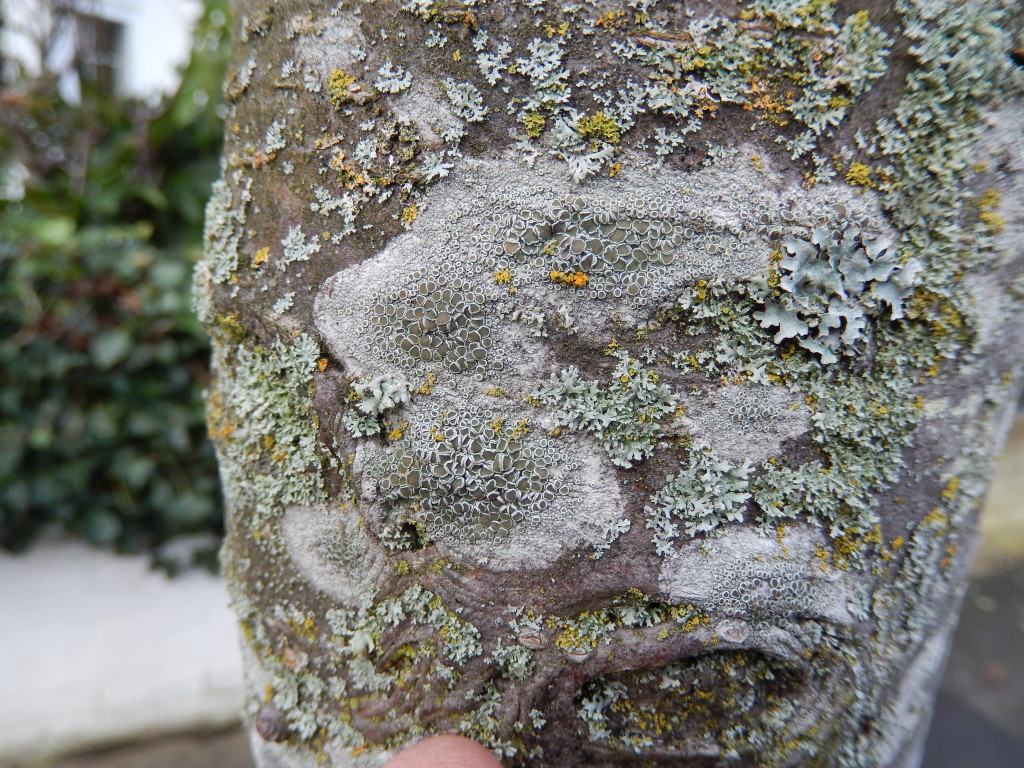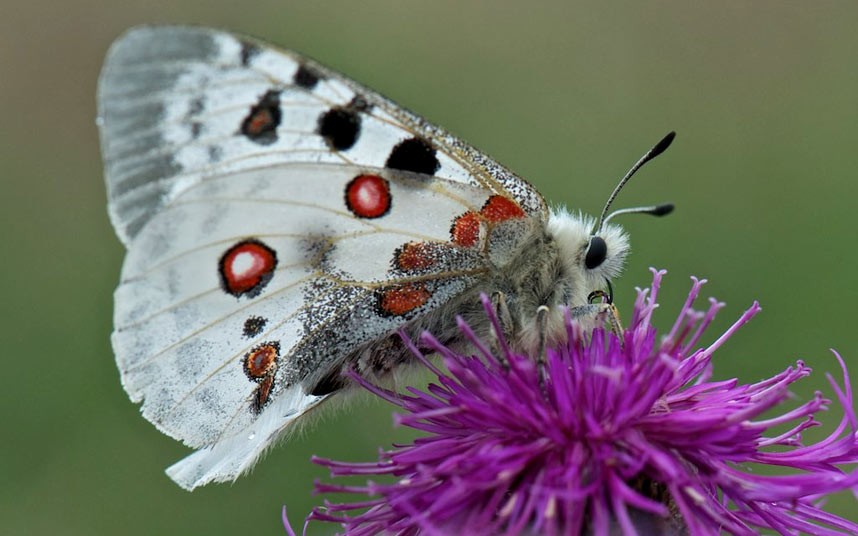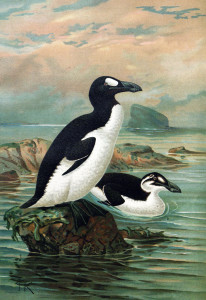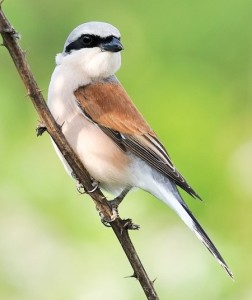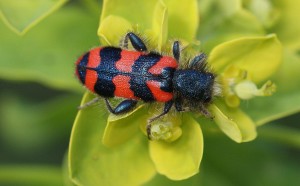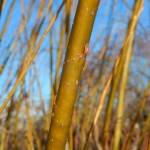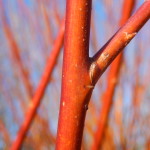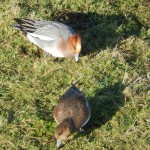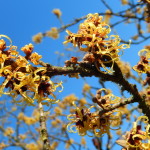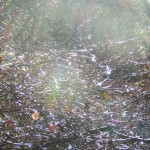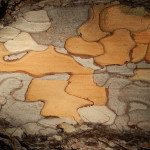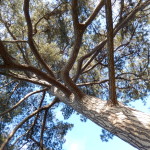
One of the delights of living near the River Thames is a winter walk at low tide. The sides of the river – many feet deep at high water – are exposed as wide, gently shelving slopes of mud, sand, and grit. On closer inspection, much of the gritty material is anthropogenic. The implied natural history is full of interest.
There are mutton bones, rabbit bones, chicken or larger bird bones, probably swan or goose: these must usually be the remains of meals, or perhaps butchers’ or poulterers’ waste. Sometimes a bone is cleanly sawn or hacked across (there’s one in the picture).
Also of animal origin are the shells: the commonest are sea-shells – oysters, cockles, scallops, mussels. All of these were widely eaten and cheap throughout the Middle Ages, up to the 18th or 19th century. As the river here is not saline enough for these species, they must, like the animal bones, represent the remains of meals, most likely thrown out into the river by servants doing the washing-up.
Most of the remaining pieces are ceramic: thee are thick chunks of earthenware, from massive flowerpots to handsomely decorated glazed household pots. There are mass-produced pots such as Victorian marmalade jars of MALING ware from NEWCASTLE. There are glimpses of writing on fragments of fine bone china, some of it delicately moulded with leafy patterns. There are shards of blue-and-white Willow Pattern, in imitation of real but costly “China” from China. Thee are neat pieces of plates, cups, saucers. There are circular bases of bottles, jars or jugs. There are handles of teacups, carefully shaped to a standard pattern. And there are stems and bowls of unglazed clay (tobacco) pipes, sometimes plain, sometimes fancifully moulded, and thrown away when they broke, which was often.
On this evidence, the natural history of Man in London included eating meat and shellfish; storing assorted solids and liquids; and smoking a great deal of tobacco. Unlike all other species, however, Man shaped a great many artefacts; and wrote symbols on to them, apparently conveying meaning, such as the names of the artefacts’ makers. Man in London thus seems to have been both a typical species with a varied diet; and a unique, symbol-using one.

